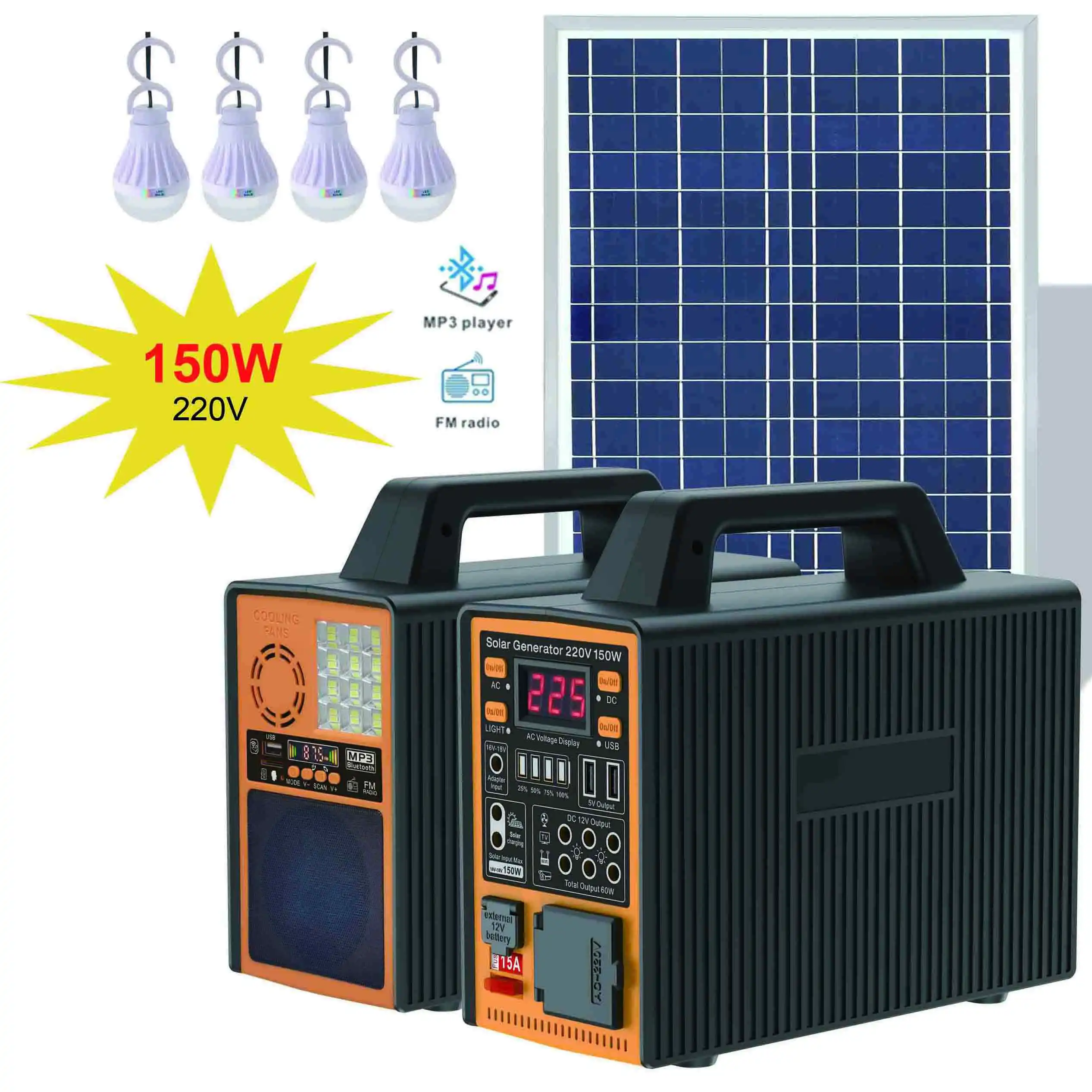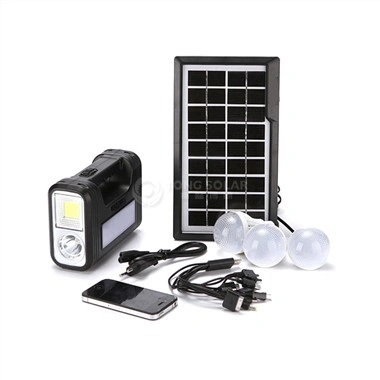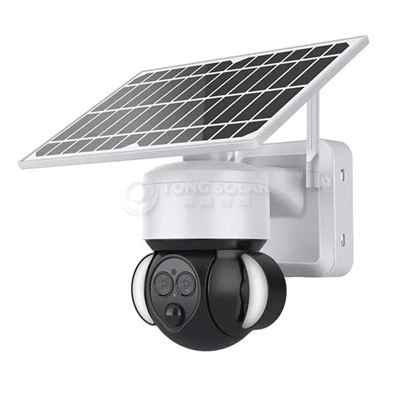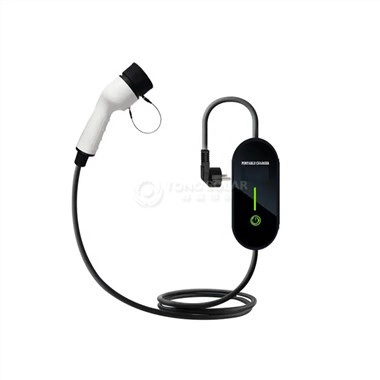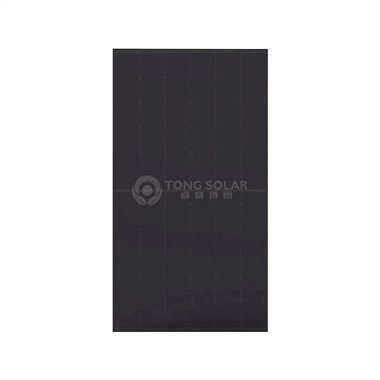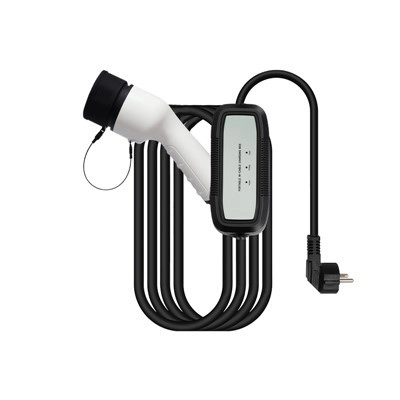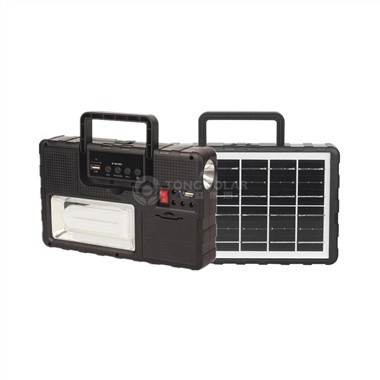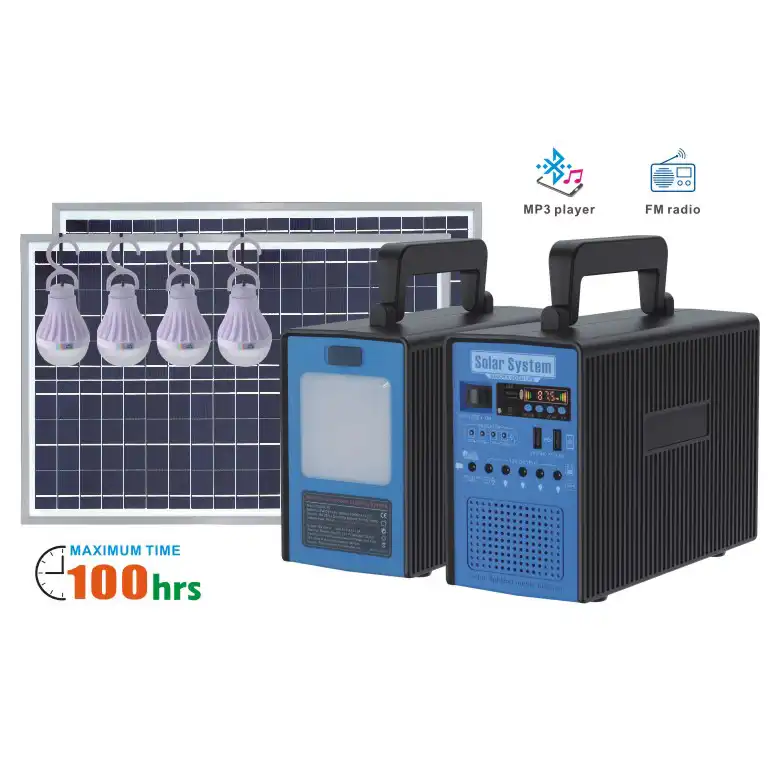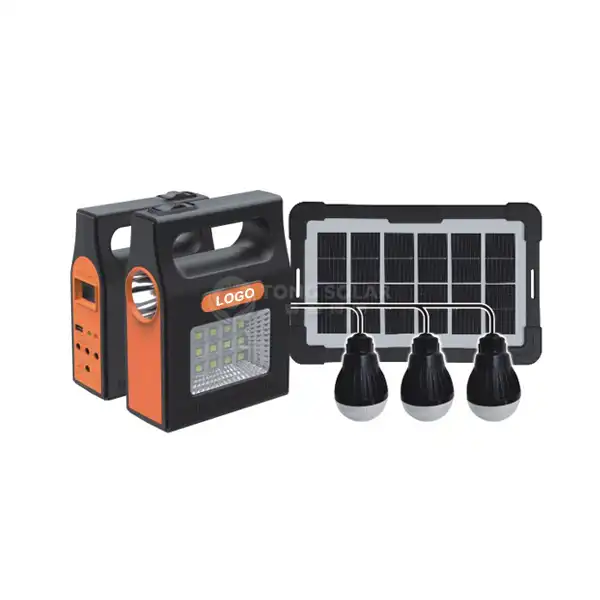What is Solar Light System?
During a time portrayed by a rising spotlight on manageability and sustainable power, Solar Light System stand apart as a guide of development. These systems tackle solar energy to give enlightenment to both indoor and open air spaces, introducing a harmless to the ecosystem option in contrast to regular lighting arrangements. In this sweeping aide, we dive into the intricacies of it, analyzing their specialized details, item includes, benefits, functional standards, upkeep needs, and resolving usually clarified pressing issues.
It offers an adaptable lighting arrangement by outfitting sunlight by means of photovoltaic boards to deliver power, which is then put away in batteries for ensuing use. Containing solar boards, charge regulators, batteries, Drove lights, and once in a while inverters for AC yield, these systems come in different setups custom-made to different applications, spreading over private, business, and modern conditions.
Technical Parameters
| Parameter | Description |
| LiFePO4 Battery | 12.8V 160Wh (52000mAh / 3.2V) |
| DC Output | 60W |
| USB Output | 2.4A/1.0A |
| Solar panel | 16V 48W |
| Storage inverter | 150W-200W |
| Function | * With bluetooth MP3&FM Radio * With 220V Universal socket |
| Packing List | Host*1, Solar panel*1, LEB bulb*4, 3-in-1 Cable*1, Dual DC cable*1, Adapter*1 |
| Master CTN Size | 38x36x73.5cm |
| Case Pack | 4pcs |
| G.W. | 27.4KGS |
Product Features
- Energy Efficiency: Solar lighting system utilize renewable energy sources, reducing reliance on conventional electricity and lowering carbon emissions.
- Versatility: These systems can be installed in remote locations or areas with limited access to the grid, providing reliable lighting solutions.
- Low Maintenance: With minimal moving parts and no fuel requirements, it require little maintenance, resulting in cost savings.
- Autonomy: Equipped with batteries, it can operate autonomously, even during periods of low sunlight or power outages.
- Environmentally Friendly: By utilizing solar energy, these systems contribute to a sustainable future by reducing greenhouse gas emissions.
Advantages and Benefits
- Cost Savings: It eliminates electricity bills and reduce operational costs over their lifespan.
- Reliability: With no dependence on grid power, it offers reliable lighting, particularly in remote areas.
- Longevity: High-quality components ensure durability, with many systems offering a lifespan of up to 3 years or more.
- Plug&Play: These systems are very easy to install, requiring minimal expertise and infrastructure, leading to faster deployment.
- Safety: It eliminates the risks associated with electrical wiring and potential hazards, enhancing safety in outdoor environments.
Working Principle
- Solar Energy Harvesting: Solar panels capture sunlight and convert it into electricity through the photovoltaic effect. 1.5times energy gathering more than industies.
- Battery Storage: The generated electricity is stored in batteries, typically lead-acid or lithium-ion, for later use.
- Light Activation: There are 4 lighting ports in the host, and 1 floodlight for outage usage. Available for 50 hours.
- Dawn Sensing: As daylight returns, the charge controller switches off the LED lamps, conserving energy until the next cycle.
Maintenance and FAQ
Maintaining a solar light system is relatively straightforward and requires periodic checks to ensure optimal performance. Here are some maintenance tips and answers to common questions:
Maintenance Tips:
- Clean Solar Panels: Regularly clean the solar panels to remove dust, debris, or bird droppings that may obstruct sunlight.
- Inspect Batteries: Check battery connections and terminals for corrosion, and ensure proper ventilation to prevent overheating.
- Test LED Lamps: Verify the functionality of LED lamps by manually triggering them or conducting nighttime inspections.
- Monitor Charge Controller: Keep an eye on the charge controller to ensure it regulates charging and prevents overcharging or deep discharging.
FAQ:
- What is the lifespan of it ?
- Typically, a well-maintained solar light system can last 2-5 years, depending on the quality of components and usage.
- Can it operate in cloudy conditions?
- While reduced sunlight may affect performance, modern solar panels can still generate electricity under cloudy skies, albeit at lower efficiency.
- How do I size it for my needs?
- Determine your lighting requirements, location, and available sunlight to calculate the appropriate solar panel capacity, battery size, and LED wattage.
Tong Solar
As a professional supplier of it, we at Tong Solar are committed to delivering high-quality products tailored to your specifications. With a comprehensive inventory and complete certifications, we offer OEM and ODM services to meet your unique requirements. Our one-stop standard service ensures fast delivery, tight packaging, and support for testing, guaranteeing a seamless experience. For inquiries, please contact us at kaiven@boruigroupco.com.
